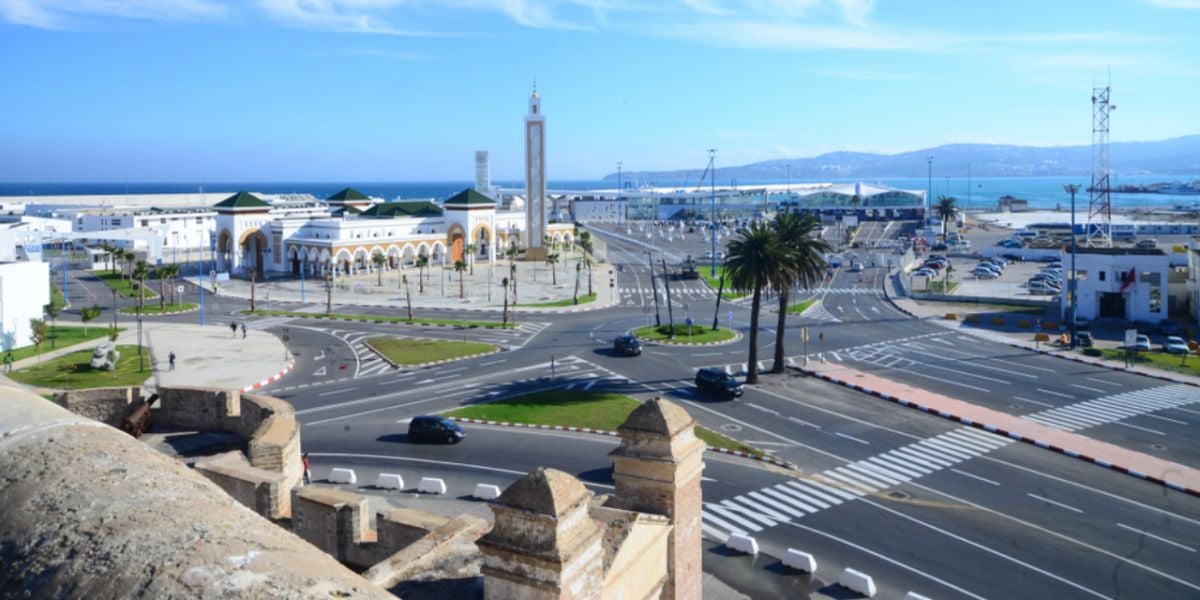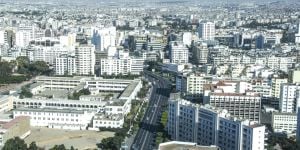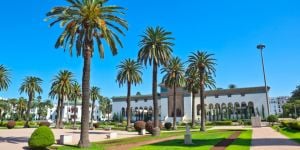
Casablanca. The name alone is mythical and a symbol of romanticism, thanks to Hollywood! But what is the truth behind it? If you're planning to relocate to Morocco, here's an insight into this big Moroccan city that attracts thousands of visitors and expats every year.
Geography and demography of Casablanca
Casablanca is, above all, the economic capital and by far the largest city in the country. According to the 2021 population census, Casablanca is home to about 4 million of Morocco's 36 million inhabitants. Needless to say that it is one of the favorite destinations of European expatriates thanks to its rich cultural heritage. Moreover, Casablanca is growing and spreading in all directions (except towards the north, there is the Atlantic side there, so it doesn't help).
The city is located on the edge of the ocean, about a hundred kilometers south of Rabat, 240 km north of Marrakech and about 350 km south of Tangier.
The climate in Casablanca
Thanks to its location on the ocean shore, like most of the major Moroccan cities, Casablanca has a more temperate climate. Temperatures can rise to 30°C or even 35°C in the middle of July or August, but they rarely fall below 10°C during the day. Nights can be cool according to local criteria in winter (temperatures ranging from 4°C to 5°C can sometimes be felt), but it is highly unlikely that there will be snow or ice.
Social life in Casablanca
Due to its demographic and economic situation, bridging the gap between Casablanca and Europe is quite easy. As a result, you will find a lot of exhibitions, art galleries, cinemas, bars, cabarets and nightclubs, even if the Moroccan queen of the night is more likely to be Marrakech.
Architecture in Casablanca
There are various architectural buildings in Casablanca. Between the Mohamed V area, which is full of jewelry, arts and decoration, the Medina or Habous and their traditional architecture, the marina with modern buildings, the residential districts presenting both in the city and in the immediate vicinity on the side of Bouskoura or Dar Bouazza villas that are sometimes impressive, there is absolutely everything (even if you can't visit everything, private heritage being essential).
The traces of colonialism are still present in the city, as evidenced by the names of the streets (not all Arabized), and the architecture. Still, the city has developed and changed style, district by district, modernizing or under the effect of real estate speculation. The main problem with the city's development is the lack of green space. Some parks exist, such as the Arab League Park (or Yasmina Park) which will reopen to the public soon, right in the city center, but also Murdoch Park (much smaller but still very family-friendly).
Nature in Casablanca
In the vicinity of Casablanca, the green town of Bouskoura is different, with the forest nearby, but except for golfers, greenery will remain a rare commodity. To find larger natural spaces, you have to leave the city itself and go to Dar Bouazza, Tamaris (along the coast towards the west) or Mohammedia (along the coast towards the east), which has a large park, busy with families coming from the city center.
We do our best to provide accurate and up to date information. However, if you have noticed any inaccuracies in this article, please let us know in the comments section below.








